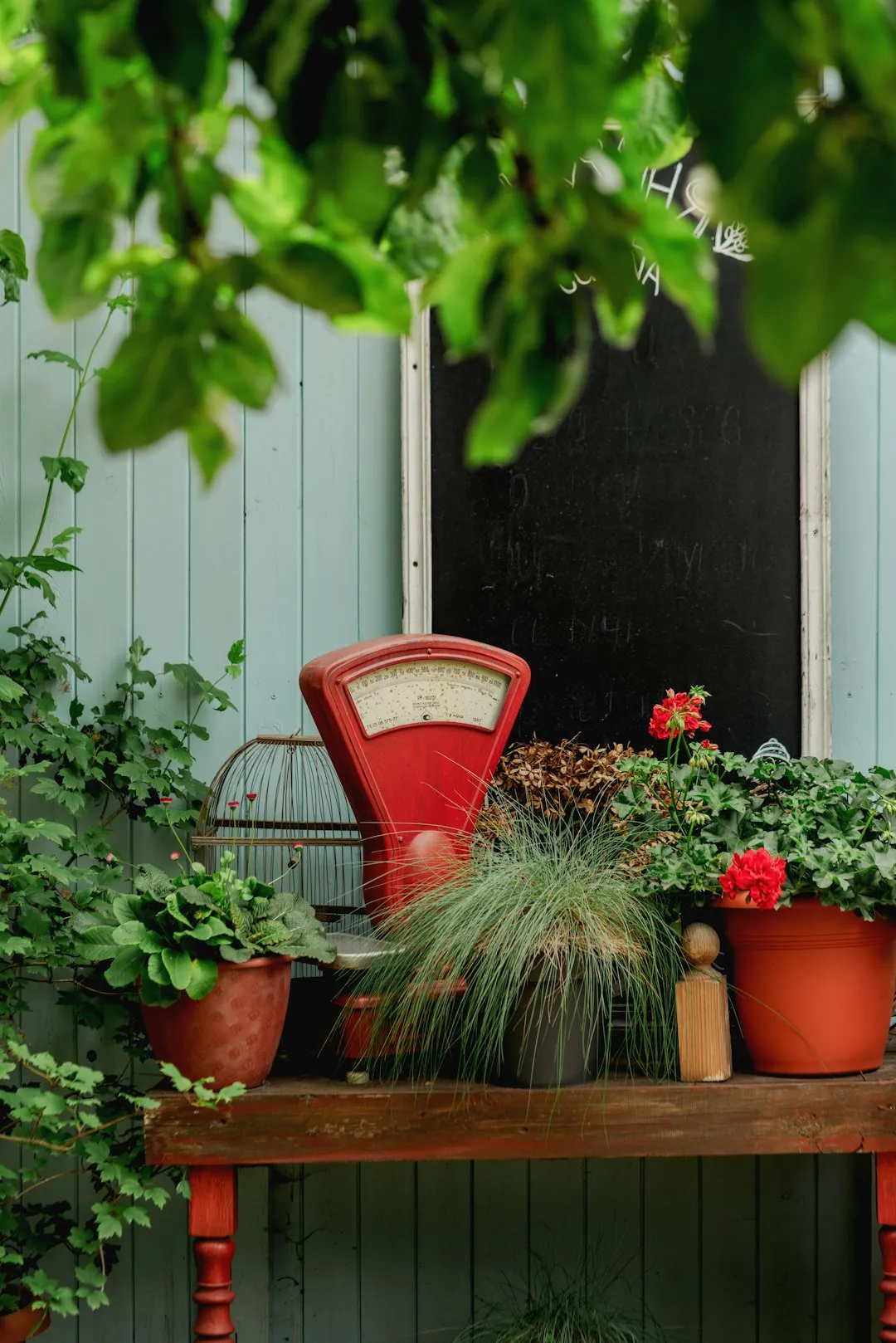Unleashing the Potential of Your Raspberry Patch: The DIY Trellis Solution

Edible gardening is a rewarding pursuit that allows you to connect with nature and enjoy the fruits of your labor. Among the many delicious crops you can grow, raspberries stand out as a popular choice. Not only are they packed with flavor and nutrients, but they also add a touch of beauty to your garden. However, growing raspberries can be a bit challenging, especially when it comes to managing their growth and harvesting. That's where a raspberry trellis comes in handy.
Using a raspberry trellis offers several benefits. First and foremost, it makes harvesting raspberries easier. Instead of having to bend down and search through a tangled mess of canes, you can simply reach out and pick the ripe berries from the trellis. This not only saves time and effort but also reduces the risk of damaging the plants. Additionally, a trellis helps to keep the canes upright and organized, preventing them from sprawling on the ground and getting tangled. This improves air circulation around the plants, reducing the risk of diseases and pests. Finally, a trellis saves space in your garden. By training the canes to grow vertically, you can maximize the use of limited space and grow more raspberries in a smaller area.
Now that you understand the benefits of using a raspberry trellis, let's take a look at how you can build and use a DIY raspberry trellis. The first step is to choose the right materials. You'll need sturdy posts, such as wooden or metal stakes, and wire or twine to support the canes. Make sure the posts are at least 6 feet tall and 2 to 3 inches in diameter. You'll also need a hammer or drill to secure the posts in the ground and pliers to attach the wire or twine.
Once you have your materials, it's time to install the posts. Dig holes about 2 feet deep and 8 to 10 feet apart, depending on the length of your trellis. Place the posts in the holes and fill them with soil, tamping it down firmly to ensure the posts are stable. If you're using metal stakes, you can also use concrete to secure them in the ground for added stability.
Next, attach the wire or twine to the posts. Start by running a horizontal wire or twine about 2 feet above the ground. Use pliers to secure the wire or twine to the posts, making sure it's tight and level. Then, run another wire or twine about 4 feet above the ground, and repeat the process. You can add additional wires or twines at 6 feet and 8 feet above the ground, depending on the height of your raspberries.
Now that your trellis is installed, it's time to train your raspberry canes. As the canes grow, gently tie them to the wires or twines using soft twine or plant ties. Make sure the canes are evenly spaced and not overcrowded. You can also prune the canes to remove any dead or damaged branches and to encourage new growth.
When it comes to using your raspberry trellis, there are a few things to keep in mind. First, make sure to water your raspberries regularly, especially during dry spells. Raspberries need about 1 to 2 inches of water per week, either from rainfall or irrigation. Second, fertilize your raspberries once a year in the spring using a balanced fertilizer. This will help to promote healthy growth and fruit production. Finally, keep an eye out for pests and diseases. Common pests that affect raspberries include aphids, spider mites, and Japanese beetles. You can control these pests using natural methods, such as spraying the plants with neem oil or insecticidal soap. Diseases that affect raspberries include powdery mildew, gray mold, and root rot. You can prevent these diseases by keeping the plants well-ventilated and avoiding overwatering.
In conclusion, a DIY raspberry trellis is a simple and effective way to grow raspberries in your garden. By following the steps outlined in this article, you can build and use a trellis that will make harvesting raspberries easier, save space, and improve the health and productivity of your plants. So, why not give it a try? With a little time and effort, you'll be enjoying delicious, homegrown raspberries in no time.
Remember, edible gardening is a journey, and every season brings new challenges and opportunities. Don't be afraid to experiment and try new things. With patience and perseverance, you'll become a master gardener in no time. Happy gardening!